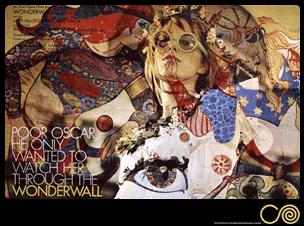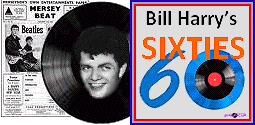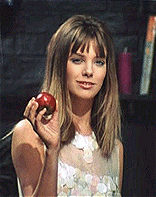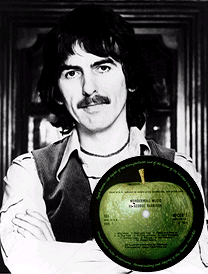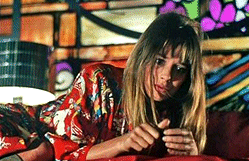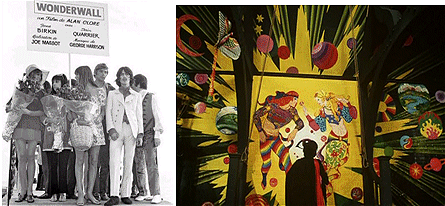George
then gathered a number of musicians using Abbey Road and the De Lane
Lea Recording Studio in Kingsway. He produced two numbers in Abbey Road’s
Studio 2 on Wednesday November 22nd 1967 under the working titles ‘India’
and ‘Swordfencing,’ utilising the talents of two flautists Richard Adeney
and Jack Ellory, together with a tabla player. The following day he
was recording in Studio 3 and the musicians used included two oboists,
one trumpeter and two flautists. The complete personnel of musicians
at the various London sessions were: John Barham, piano, flugelhorn;
Tommy Reilly, harmonica; Colin Manley, guitar, steel guitar; Tony Ashton,
jangle piano, organ; Phil Rogers, bass; Roy Dyke, drums. He recorded
another session at Abbey Road’s No 2 studio on January 5th and on January
7th 1968.
George flew to India and spent five days at the EMI Studios in Bombay.
Musicians at the Bombay sessions included: Ashish Khan, sarod; Mahapurush
Mistra, tabla, pakavaj; Sharod and Hanuman Jadev, shanghais; Sambu-Das,
Indril Bhattacharya, Shankar Ghosh, sitars; Chandra Shakher, surbahar;
Shiv Kumar Shermar, santoor; S.R. Kenkare, flute; Vanaik Vora, thar-shanhai,
Rij Ram Desad, harmonium, Tablatarang. The album became the first LP
released on the Apple label on Friday November 1st 1968 on Apple SAPCOR
1 and in America on December 2nd 1968 on Apple ST 3350 where it reached
No.49 in the charts.
The tracks were: Side One: ‘Microbes’, ‘Red Lady Too’, ‘Tabla and Pakavaj’,
‘in the Park’, ‘Drilling A Home’, ‘Guru Vandana’, ‘Greasy Legs’, ‘Ski-ing’,
‘Gat Kirwani’, ‘Dream Scene.’ Side Two: ‘Party Secombe’, ‘Love Scene’,
‘Crying’, ‘Cowboy Music’, ‘Fantasy Sequins’, ‘On the Bed’, ‘Glass Box’,
‘Wonderwall To Be Here’, ‘Singing Om.’ |
|

